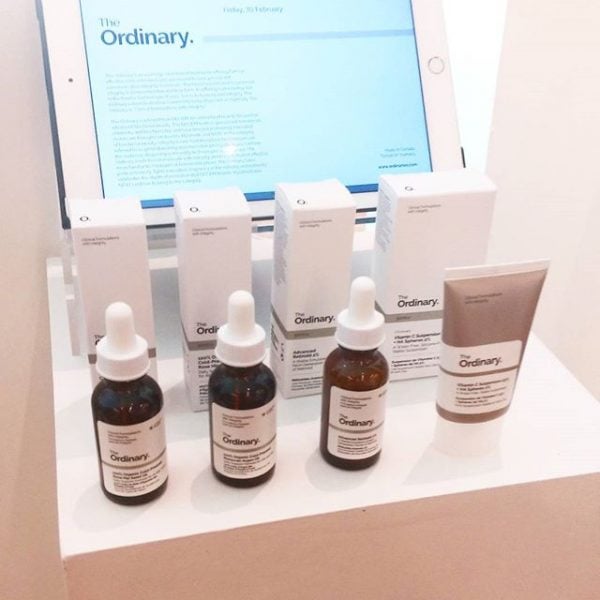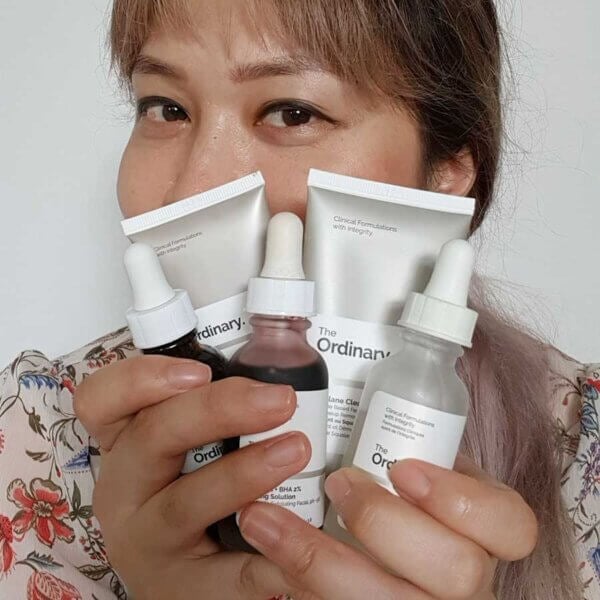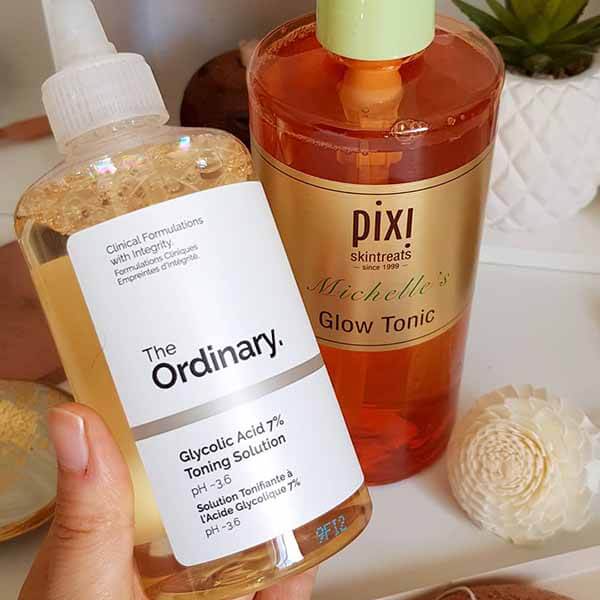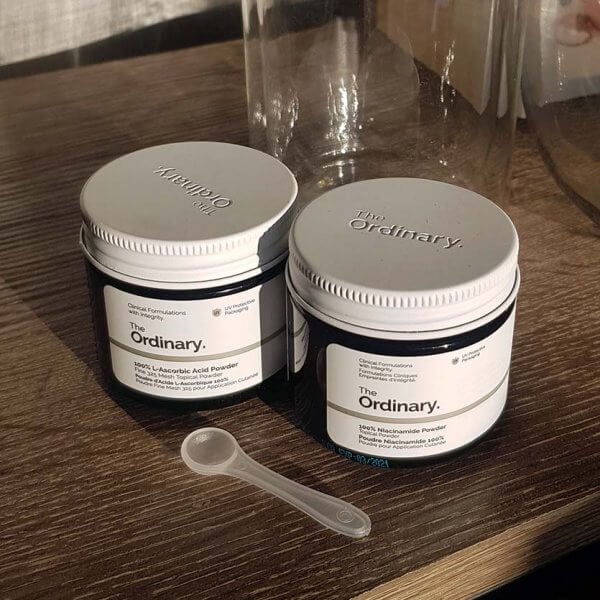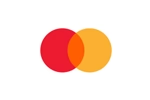Here’s the video on YouTube, scroll down for the written version.
BRAND OVERVIEW
Related post: Interview with Deciem (The Ordinary) Chief Scientific Officer and Dr Davin Lim
ACID EXFOLIANTS
BEST: LACTIC ACID 5%/10% + HA
Related: The Essential Guide to Exfoliation
BEST: 7% GLYCOLIC ACID TONING SOLUTION
Related post: Chemical Exfoliants as Deodorant? The Science of Smelly Armpits
WORST: AHA 30% + BHA 2% PEELING SOLUTION
RETINOIDS
WORST: RETINOL IN SQUALANE
Related post: Choosing retinol products: Neutrogena Rapid Wrinkle Repair Regenerating Cream
Related post: My Routine for Starting on Tretinoin (Retin-A) Cream (with video)
BEST: GRANACTIVE RETINOID 2% EMULSION
VITAMIN C
WORST: 100% L-ASCORBIC ACID POWDER
Related post: Why I don’t recommend The Ordinary’s Niacinamide and L-Ascorbic Acid powders
EHHHH: VITAMIN C SUSPENSIONS
BEST: ASCORBYL TETRAISOPALMITATE IN VITAMIN F
NIACINAMIDE (VITAMIN B3)
WORST: 100% NIACINAMIDE POWDER
Related post: What Is Niacinamide and What Does It Do in Skincare?
EHHHH: NIACINAMIDE 10% + ZINC
CLEANSERS, MOISTURISERS, SUNSCREEN
BEST: PLANT OILS
BEST: 100% PLANT-DERIVED SQUALANE
BEST: SQUALANE CLEANSER
Related post: How Do Cleansing Balms Work? The Science


